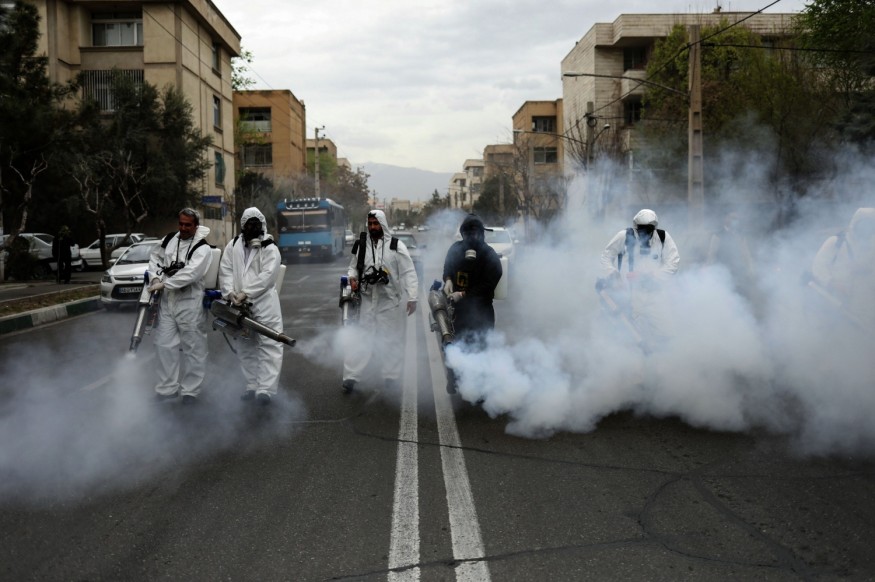Possible Wave 2 of Coronavirus

After 2 months of lockdown, China has no new reports of domestically infected COVID-19. Over 80,000 Chinese nationals were affected by the global pandemic which originated at Wuhan, China. Though they have successfully defeated the pathogen, it is likely to be only temporary.
The pandemic's outbreak has shifted its epicentre to Europe where more cases were reported compared to that of China. However, the pandemic experts warned the giant country that it may face subsequent waves of infection as seen on other pandemic patterns over the years.
China and COVID-19
Asian countries have managed to slow down the spread of the virus through its extreme quarantine measures. In China, where the first COVID-19 case was reported, there have been no new cases in the last seven days.
China's measures include massive quarantine of their provinces which reduced the risk of spreading the virus. However, experts wondered about the country's response once such measure has been lifted.
Currently, the number of infected travellers entering China is greater compared to its domestic cases. China confirms that they have strong measures in place to reduce the risk of the virus getting back and infecting thousands of their people once again.
In Beijing, all tourists getting in the city must spend a 14-day quarantine on specified locations. The country's capital is also looking into the possibility of having flights stop in different cities before it can proceed in Beijing.
Despite the government's firm claim that the virus outbreak has been halted, experts are still figuring out how the virus will behave in the next coming days, month or years. Wang Chen, Dean of Peking Union Medical College, calls for serological testing to help identify how the virus behaves and how it can be transmitted.
ALSO READ:
- How to Find Out If You are Positive for the Novel Coronavirus
- Important Facts You Should KNow About the Global Pandemic Coronavirus
- Facts About 'Favilavar': The First Approved Coronavirus Drug
COVID-19's Transmission
In the onset of infection, the person may not show symptoms but is already capable of transmitting the virus to someone else. It is also possible for the infected person to get a negative result on a Coronavirus test at this phase.
Experts believe that this feature of the coronavirus makes it more difficult to be eliminated without a vaccine. Pharmaceutical companies are working hard to develop one that fights the virus but it may take a year or two before it becomes available for public use.
Social distancing and quarantine are the most effective precautionary measure the world has as of today. Though the pandemic has a low death rate, it is still vital to keep the number of infected patients to a minimum.
COVID-19's Future
Dorit Nitzan, Coordinator of Health Emergencies for the World Health Organization (WHO) European office, said that learning how the virus behaves is the best way to combat and prevent it from striking again. The world is still blindsided about the virus mutation capability nor how long a recovered patient can be immune to it.
Experts suggest that more than fighting the virus, the world should also learn how to live with it. As Chan Kung stated, "The only way forward is to understand, adapt, and ensure the virus cannot cause tremendous outbreaks in the future."
Subscribe to Latin Post!
Sign up for our free newsletter for the Latest coverage!
© 2025 Latin Post. All rights reserved. Do not reproduce without permission.














